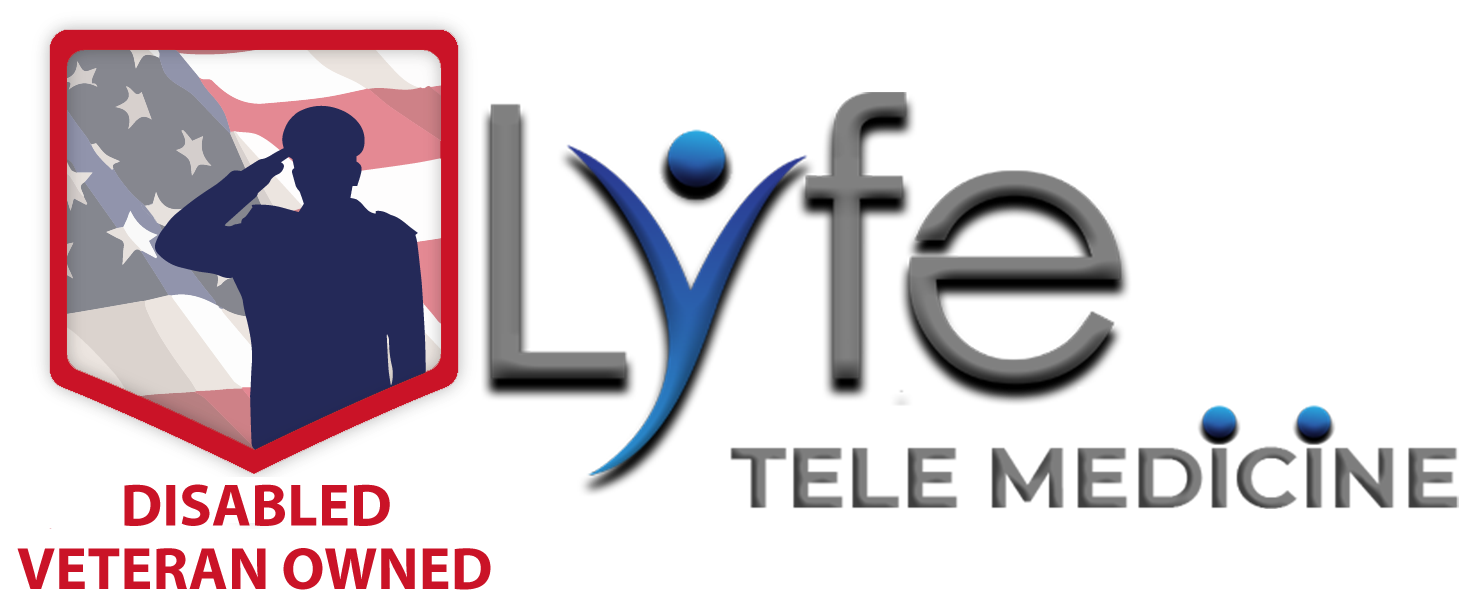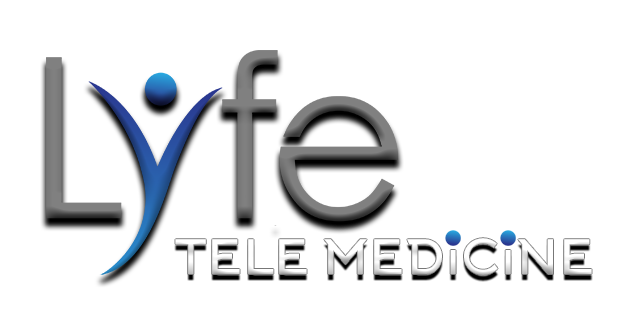If you’re writing an essay, you’re most likely wondering how to start. The first step is the introduction. In the introduction, you provide a broad overview of your topic, your motivations for writing the essay, and your plans for writing it. The debut is also the most significant part the essay. The remainder of the essay is written following the debut, so the launch is the deciding factor about what gets written and what doesn’t.
The following step in how to write essay starts with the conclusion. A conclusion is the most appropriate portion of the essay. It lays down your reasons for writing the conclusion and is usually the longest section. You can use this component to elaborate in your arguments in the essay or to simply tell the reader that your work is done.
Once you have completed the introduction and the conclusion, you have to choose how to begin the body of your essays. You have three basic categories of writing- persuasive essay, descriptive essay, and an argumentative essay. Each category has its own format, but all these require similar planning. The preparation involves deciding what kind of information you will include in your essay, how you will present your information, and what you can do with your information once you have it.
The most common structure for writing a persuasive essay is to start with an introduction, then cover your main points and argue your thesis inglese in analisi grammaticale. As soon as you have clarified your main points, you should discuss how your main factors are derived from your thesis statement. This is normally stated in your thesis statement. If you didn’t write one, it will likely have been based on research you did while in school. The next part of the essay describes your arguments for your thesis statement. You can use personal experience to back up your claims or you can use historical research.
A descriptive article uses personal experience to tell a narrative. It can also be written as a story, but if you’re writing a narrative, it normally starts with personal experience as opposed to a thesis composition. Next, you are going to explain the setting, people, and/or objects involved in your story. You will use many different methods to make sure your description is clear, concise, and accurate.1 means to do this is to utilize exemplification essay examples.
Lastly, your debate will comprise three distinct parts: personal expertise, your thesis statement, and the methodology by which you analyzed the data. Personal experience and the other pieces of your argument can be composed in the third person. The methodology is the procedure you used to collect the information and use it to prove your thesis. Essay illustrations can help you learn how to correctly set up your argument.

